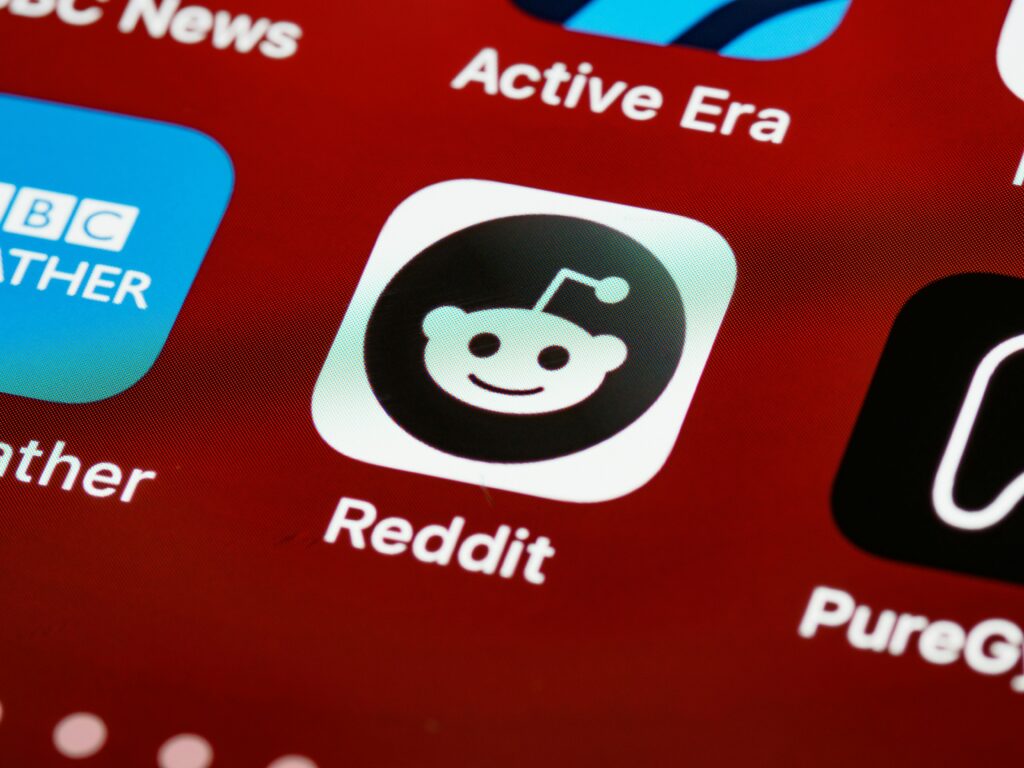I Think, Therefore AI Am: Consumer Perception and Usage of Artificial Intelligence Tools
The growing integration of AI into daily life has sparked both excitement and concern. From enhancing productivity to shaping consumer decisions, AI’s influence continues to grow. Nearly 40% of global jobs are now exposed to AI, with advanced economies at higher risk, according to the IMF, while 20% of American workers are in high-AI-exposure roles. Tools like ChatGPT and Google’s Gemini are battling for LLM dominance, and threaten to cannibalize traditional search. Meanwhile, consumers are increasingly relying on AI to make decisions on everything from restaurants to entertainment. As competition heats up, ChatGPT has managed to maintain its leadership position, while new entrants like Apple Intelligence are carving out their own niches with alternative approaches. With insights from occam, this blog explores the continuing evolution and adoption of LLMs and their impact on consumer behavior.










